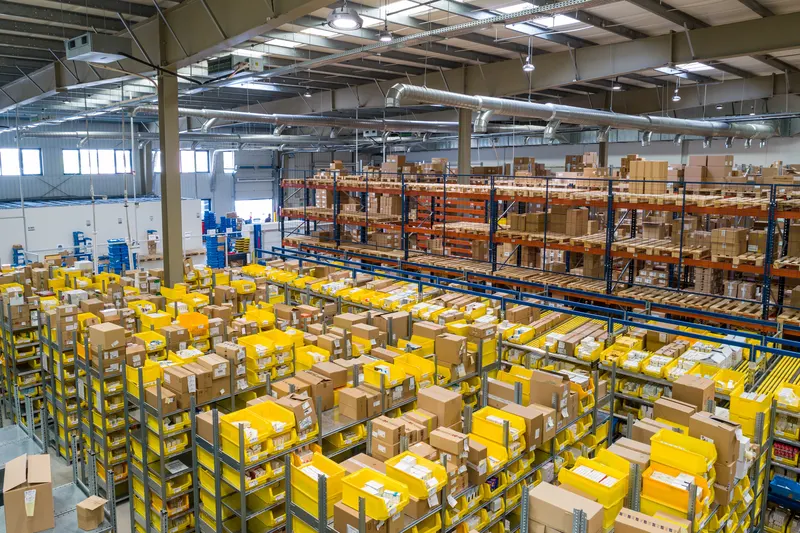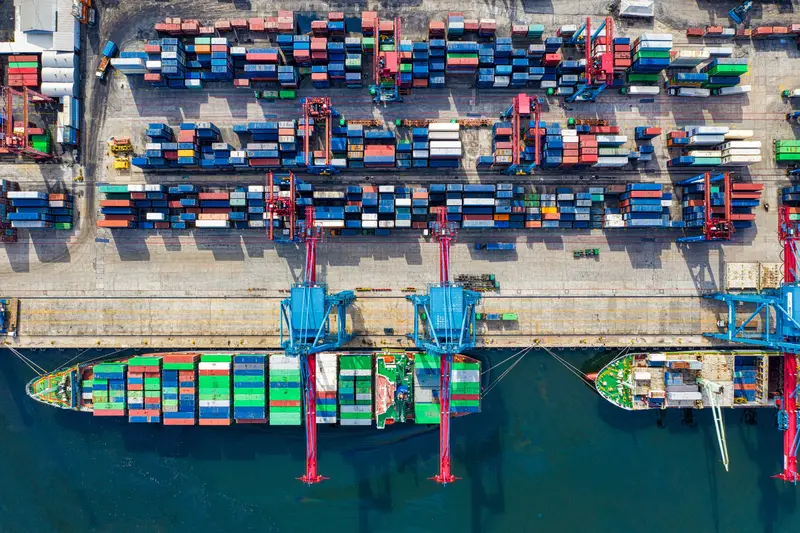Everyone who is familiar with the transportation industry understands that things do not always go as planned. Yet, by 2024, it will be evident that any sense of stability is a delusion. Transportation systems around the world are under severe strain as a result of a scarcity of diesel and drivers, as well as a shortage of raw materials, growing inflation, and the conflict in Ukraine.
Many of these external factors have contributed to supply chain resiliency reaching new heights in the public perception. Delays in supply chains have dominated the news internationally, and the problem has increasingly made its way onto the agendas of major corporations.
Read also: What is Lean Logistics? 5 Ways to Manage Lean Logistics Effectively
With this quarter of the year closing, logistics experts will be asking themselves one question above all others: what will the rest of 2023 bring? Notwithstanding the challenges, three themes are developing that will impact supply chain planning for the coming months. We’ve created this list of the top 3 logistics trends for 2023 to help you on your way to supply chain sustainability.
1. From resilient supply chains to optionality
The transportation industry recognizes the need to strengthen supply chain resilience. Increasing the resilience of supply chains is a top objective for shippers, carriers, and logistics companies. This is accomplished by implementing new business tactics or digital equipment. Nevertheless, with in following quarter, this strategy will need to be carried a step beyond. The emphasis will center around making more space for maneuvering. Companies will only be capable of exploring different methods if they have the requisite freedom and flexibility. The aim for all businesses ought to be to become ready for action before they have to adjust and consolidate. The multi-shoring method, for example, is an effective way to accomplish this.
Many traditionally “low-cost” locations, such as Asia, are becoming increasingly hostile for many Western enterprises due to the ongoing geopolitical instability and growing pricing. As a result, rather than following a single procurement strategy, several businesses will increasingly aim to create markets and capacity in Europe and North America in an effort to safeguard their business strategy in the long run. Yet, in order to acquire additional flexibility and freedom in this manner, businesses must also have extensive, real-time information into many markets and operations. Compatibility with key stakeholders’ digital systems must also be ensured.
The latter is concerned with implementing industry-proven technologies. As an instance, consider transport management systems. According to statistics, the most of freight forwarders are currently using this technology to locate extra capacity when their own network exceeds capacity.
Supply chain participants have more control over their own performance by exploiting digital platforms and industry-specific networks. This is especially crucial considering the possibility of additional external forces causing greater disturbance.
2. Cooperation must be a priority
More coordination among enterprises has frequently been advocated in the transportation industry over the past few years, but has seldom been implemented. Collaboration must become second nature in the following year.
Because this is critical for successfully addressing the obstacles that businesses face. According to a survey, 71 percent of those involved in the supply chain agree fully with this observation. But nonetheless, there is still much room for growth. Hardly 17% of the supply chain’s stakeholders consider their partnership with third-party logistics providers (3PL) and freight forwarders to be “extremely high.” The most significant barriers to enhanced coordination include poorly integrated IT systems, misaligned KPIs, and insufficient data exchange.
Only via enhanced collaboration will all firms throughout the supply chain be capable of filling the capacity gaps that exist currently among shippers, freight forwarders, and logistical service providers. At the exact same time, here is where some of the industry’s most significant difficulties and potential exist. Data exchange improves teamwork, allowing supply chain players to eliminate empty miles, operate more effectively, and make more strategic decisions. Neutral platforms can connect organizations at all phases of the supply chain together, ensuring that everybody is on the same page.
Rather than relying solely on digitization, a balanced approach combining technology and humans will be essential. Some research claim that introducing the “human factor” into digitization can help businesses create trust, increase communication, and overall strengthen their operations. Increased collaboration through increased trust is an underutilized possibility for modern supply chain efficiency. As a result, transportation businesses will prioritize the expansion of their collaboration in the next year.
3. Continued focus on sustainability
A positive conclusion can be formed for 2024 in terms of supply chain sustainability. According to the Decarbonisation of Freight Transport 2022 report, 59 percent of freight forwarders and 54 percent of shippers can compute their transit CO2 emissions this year (up from 45 percent and 37 percent, respectively, in 2021). Yet, given current media attention and new investments, there are obstacles. The current economic crisis is an illustration of this, which cannot be disregarded.
Inflation has reached its peak point in decades, and we are on the verge of entering a recession. As a result, certain sustainability programs are likely to slow down.
Yet, economic growth and sustainability must not be pitted against one another. Forward-thinking businesses will continue to pursue sustainability practices, though with a little different emphasis. In the future, you’ll wonder, “How can we best combine our sustainable strategies with our economic goals?”
The answer is simple: data is critical. The best way for firms to make sensible and data-driven decisions is to gather data from across organization and correlate it using data analytics from cross-industry networks. This enables them to focus on the essentials and perform more effectively altogether. Intellectual elites in the business have already realized this and will begin to prioritize long-term sustainability initiatives. They can ensure that today’s trial programs become tomorrow’s norms in this way.
Finally, 2022 demonstrated the underlying inefficiencies that persist in global supply systems today. Fluctuating prices, cost pressure, or the understanding that digitization alone is not a cure-all: 2022 was a tough year for the overall industry. However, we can look forward with confidence: in the upcoming months, corporate leaders and those in charge of transportation must guarantee that the right networks and tools are established and expanded. Then you’ll be ready to take on new tasks.
3PL Links is always available to assist you in staying on top of your logistics game; please feel free to contact us if you have any concerns.





